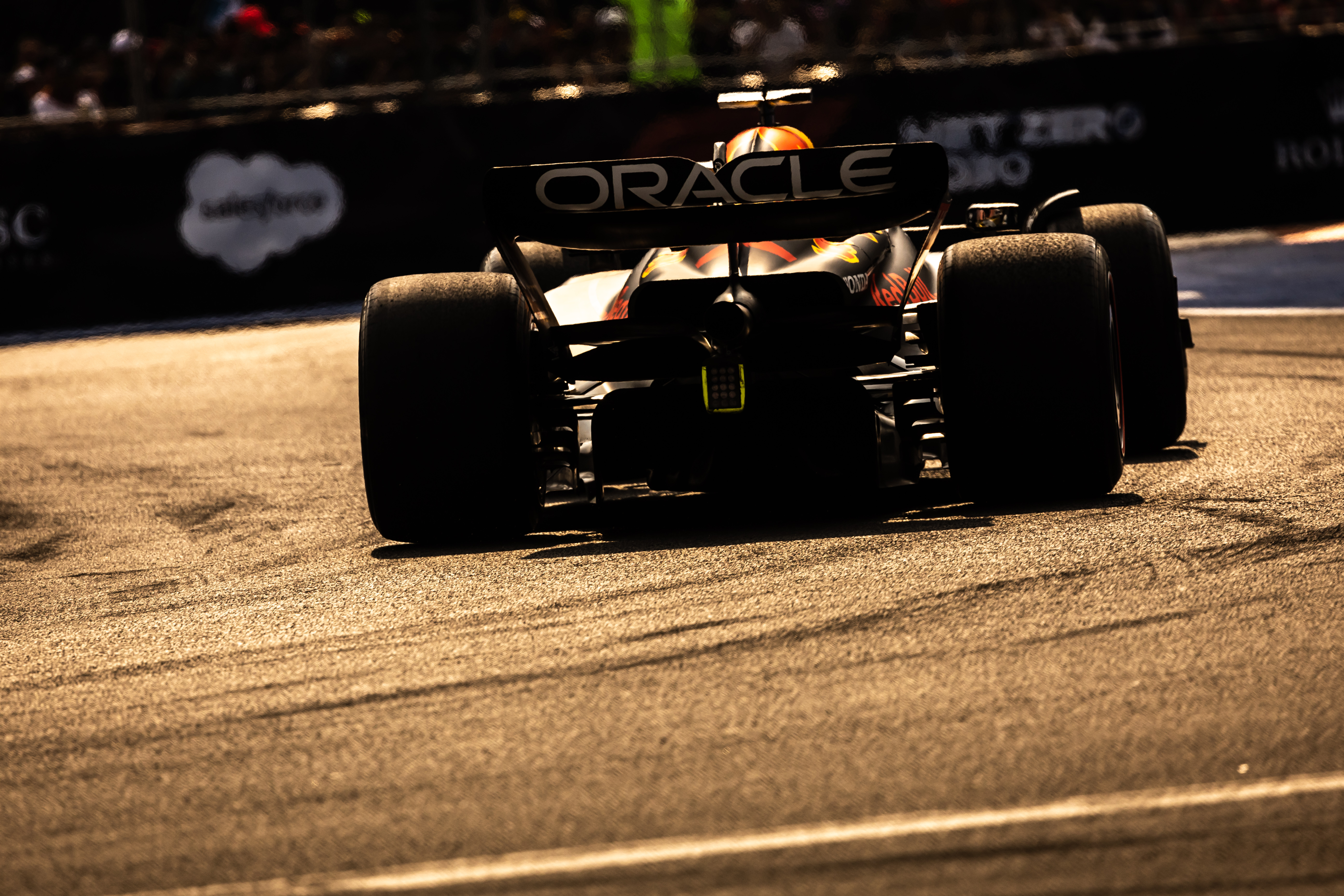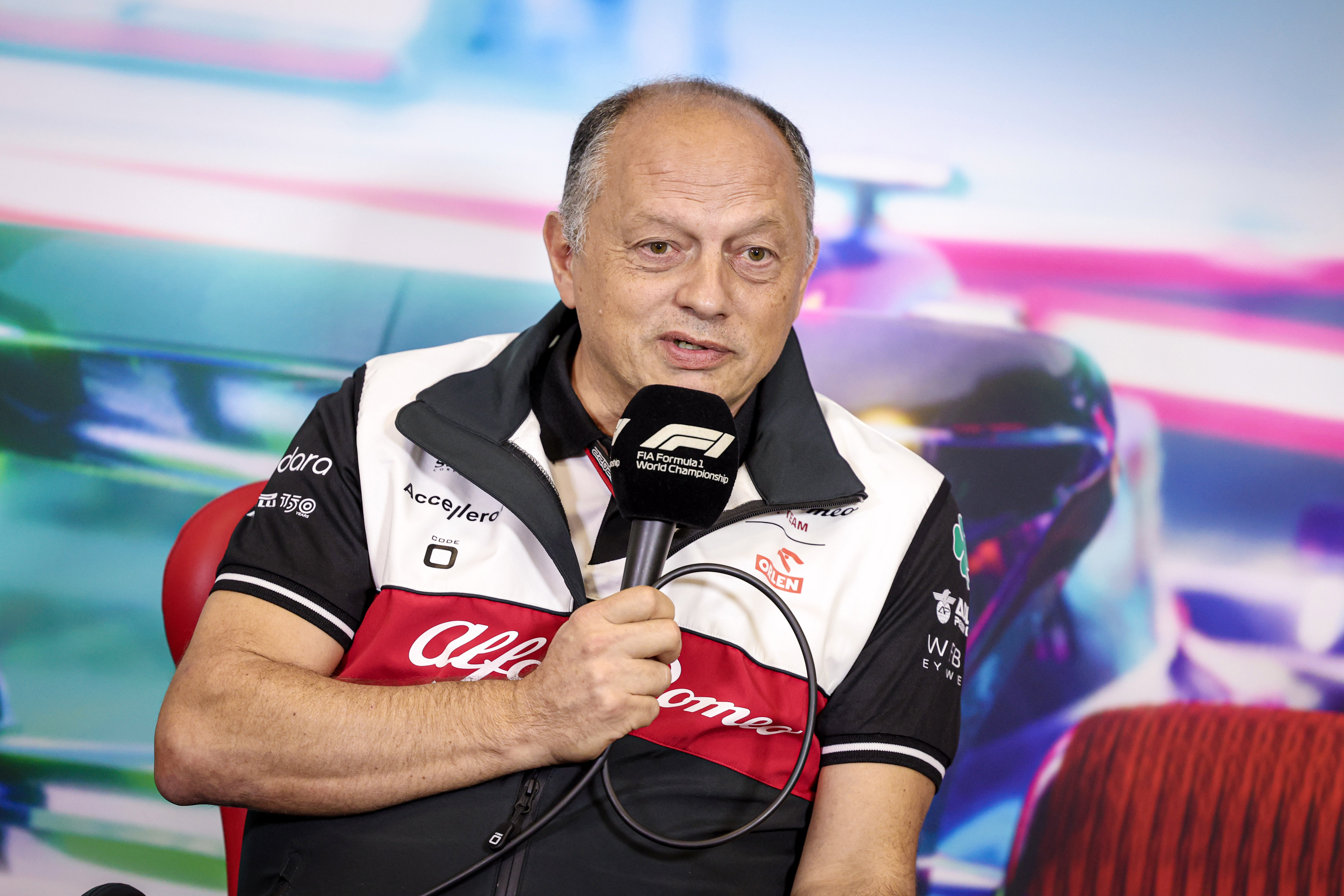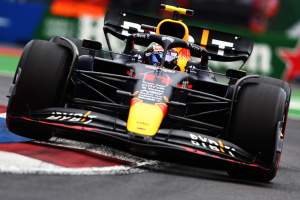Will Red Bull’s aero penalty really hurt as much as it claims?
Christian Horner says Red Bull will lose up to half a second of laptime thanks to its cost cap penalty, but rival Formula 1 teams think he’s overstating the potential impact

Christian Horner says Red Bull will lose up to half a second of laptime thanks to its cost cap penalty, but rival Formula 1 teams think he’s overstating the potential impact.
Ferrari has already said it believes Red Bull’s F1 overspend in 2021 equates to performance gain of 0.2s, and does not “understand how 10% reduction of the ATA [Aerodynamic Testing Allowance] can correspond to the same amount of laptime” according to sporting director Laurent Mekies.
McLaren has reiterated calls for stricter punishments for cost-cap breaches since the FIA announced Red Bull’s sanctions, and it has been suggested by some that it would take at least a 20% reduction in Red Bull’s ATA to offset a two-tenth lap time gain.
Horner has described the 10% penalty as “significant”, “enormous” and “draconian”, saying it “represents anywhere between quarter and half a second worth of laptime” and pointing out that Red Bull uses an outdated windtunnel that compounds the damage.
But Mercedes’ trackside engineering director Andrew Shovlin said “the scale of that penalty isn’t much more than what you would lose if you’re just one place higher in the championship”.
Red Bull’s ATA was already set to be 5% less than whichever team finishes second in the 2022 constructors’ championship, but that gap grows to 12% with the cost-cap penalty factored in. This means Red Bull will get 38 fewer windtunnel runs and 240 fewer CFD test items allocated per eight-week aero testing period for 2023 than its nearest rival. That deficit would have been only 16 windtunnel runs and 100 CFD items had Red Bull not been punished for exceeding the cost cap.
Shovlin also said the scale of Red Bull’s penalty is “not as big as the penalty if you’re positioned two places higher” in the championship, and he is right. Mercedes would be 32 windtunnel runs and 200 CFD items better off than Red Bull next year under the standard ATA – so 22 windtunnel runs and 140 CFD runs extra reduction equates to roughly 1.5 championship positions.
“I think describing it as ‘draconian’ is an exaggeration,” Shovlin said. “Reducing the number of runs does limit your freedom when you’re developing a concept, but we’re in reasonably well explored regulations now.
“You definitely have to be more efficient, but if it was half a second then a team at the back of the grid would have an advantage of over three seconds to one at the front – and that’s simply not the case.

“But it depends on how well you make decisions in the year. I’d have thought a tenth or maybe a bit more than a tenth, maybe two tenths at the upper end, is realistically what that would cost you.”
This assessment is consistent with the one Mattia Binotto made ahead of this season, when asked to quantify the development advantage Ferrari enjoyed under the ATA from finishing only sixth in the 2020 constructors’ championship and third in 2021.
“If you look at the amount, it’s a couple of sessions on the entire year, it’s maybe a tenth per lap, if you are very good,” Binotto said in February.
“And then it’s all how you manage priorities, how good you are and how efficient in your activities.”
Shovlin made a rough estimate of the 10% penalty costing Red Bull “four to five runs” per week in the windtunnel, but said actually the penalty would only really hurt if Red Bull has “chosen an incorrect concept and you need to backtrack. It’s removing that freedom to explore different avenues”.
Dividing the number of wind tunnel runs extra Red Bull loses under its penalty by eight, to give a weekly figure, suggests Red Bull will be three runs per week worse off and 18 CFD items per week worse off under the terms of its cost cap penalty.
Given Red Bull has already developed a very effective and efficient concept under F1’s new rules, there is also less likelihood it will suddenly start developing in the wrong direction in the season to come.

Alfa Romeo boss Fred Vasseur feels the bigger punishment for Red Bull is the reputational and PR damage done by being found to be in breach of the cost cap in the first place.
“I think the biggest punishment is to accept they were overspending in terms of image – we don’t have to underestimate this one for your employees, for your sponsors and so on,” said Vasseur, whose team is fighting to reach the current cost cap spending limit.
He supported Shovlin’s suggestion that Red Bull is overestimating the effect of a 10% further reduction in its ATA – saying “I’m not sure we are making [that] advancement with 10% of your allocation, or we are very stupid…”




